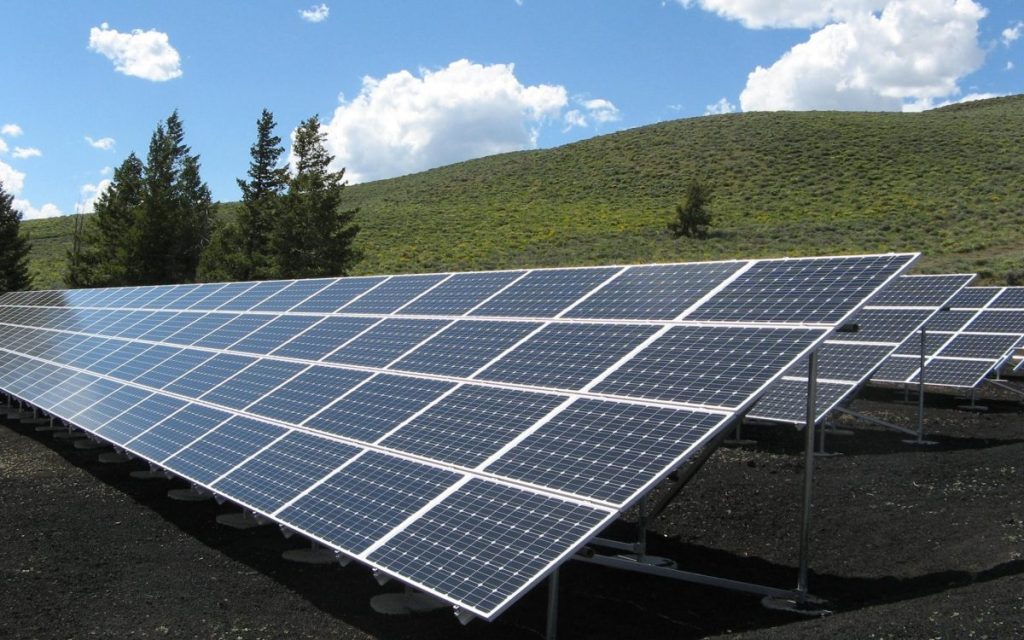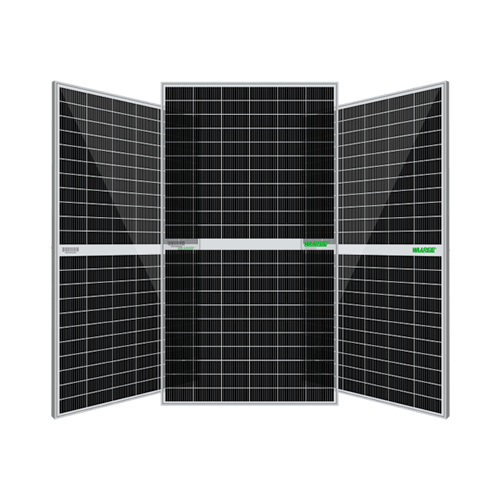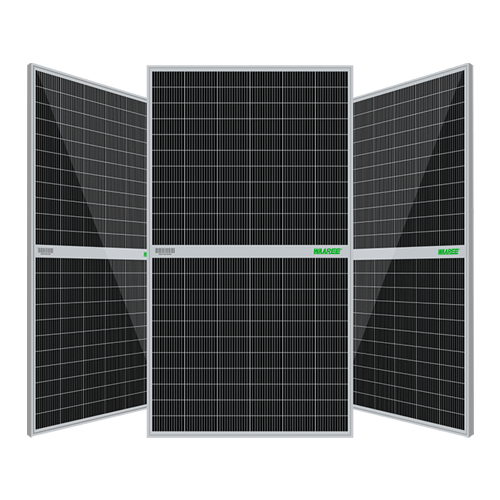PV Module
Solar PV modules are made by connecting together photovoltaic (PV) cells or solar cells. They are manufactured from semiconductor materials like crystalline silicon. Solar modules convert the light energy captured from the sun into electric energy. The electric energy so produced is used for lighting residential and commercial establishments.
Features of Solar PV Modules
- Solar PV modules have aluminium frames that are attached with tapes directly on to the silicon or laminate. These frames are useful for increasing the mechanical strength of PV modules and making the installation process easier.
- Manufacturers conduct a series of tests for measuring the electricity generated by PV modules using a sun simulator. The sun simulator is designed to produce specific light conditions for measuring the peak power generated by the solar module.


BIPV
Building Integrated Photovoltaics (BIPV) system integrates Solar Modules into the building structure, such as the roof or the facade, adding architectural flair to the structure.

Bifacial
A bifacial panel can generate power from both sides, boosting overall electricity production. They are frequently more resilient since both sides are UV resistant, and when the bifacial solar panel is structurally sound, the risk of potentially induced deterioration (PID) gets diminished.

Mono Perc
Monocrystalline solar panels usually have the highest efficiency and power capacity out of all types of solar panels.

Poly
Polycrystalline solar panels are solar panels that consist of several crystals of silicon in a single PV cell. As there are multiple silicon crystals in each cell, polycrystalline panels allow little movement of electrons inside the cells.

